10-Billion-Year-Old Supernova Oldest Ever Identified
January 10, 2013
When a massive star explodes, it’s called a supernova and is one of the
most violent events in the universe. The bright, distinctive remnants
of these explosions can be seen throughout the cosmos, and they provide
valuable reference points for astronomers trying to measure the
expansion of the universe. Scientists know the rate of that expansion
is accelerating, but they don’t know why, says David Rubin, a member of
the Supernova Cosmology Project at the University of California, Berkeley.
“We are currently working to make better and better measurements at
greater and greater distance to pin down the source of the acceleration
and determine its properties,” he said.
Ruben is studying type IA supernovae because they have uniform
brightness, which means, he says, “If we observe a supernova and we
observe its apparent brightness here on Earth, we can learn its
distance. We can make a plot of the distance versus the expansion and
try to distinguish various theories of acceleration.”
Using the Earth-orbiting Hubble Space Telescope,
the astronomers first spotted the distant supernova in a deep-space
survey. Its light was so dim it was nearly invisible, and researchers
had to wait five years for a more advanced camera to be installed aboard
Hubble to confirm that the tiny point of light really was a supernova.
Rubin told the American Astronomical Society’s meeting in Long Beach, California, that the find was a breakthrough.
“This is the most distant supernova with a precision distance
measurement," he said. "It is 10 million years old, so it dates back in
time to when the universe was only about four billion years old, younger
than the earth is today.”
Images for ssues addressed at this year's American Astronomical Society meeting:
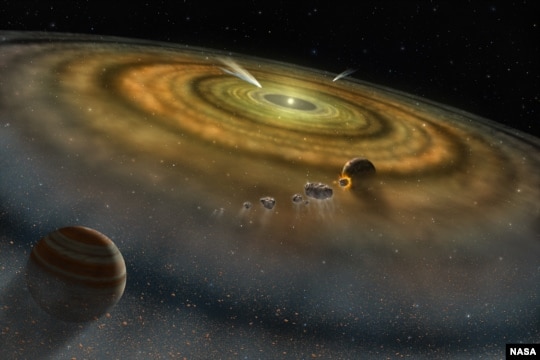 Exocomets that circle distant stars might be more common than previously thought. (NASA/Lynette Cook)
Exocomets that circle distant stars might be more common than previously thought. (NASA/Lynette Cook)


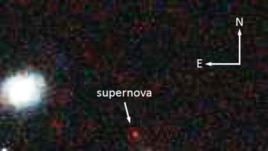
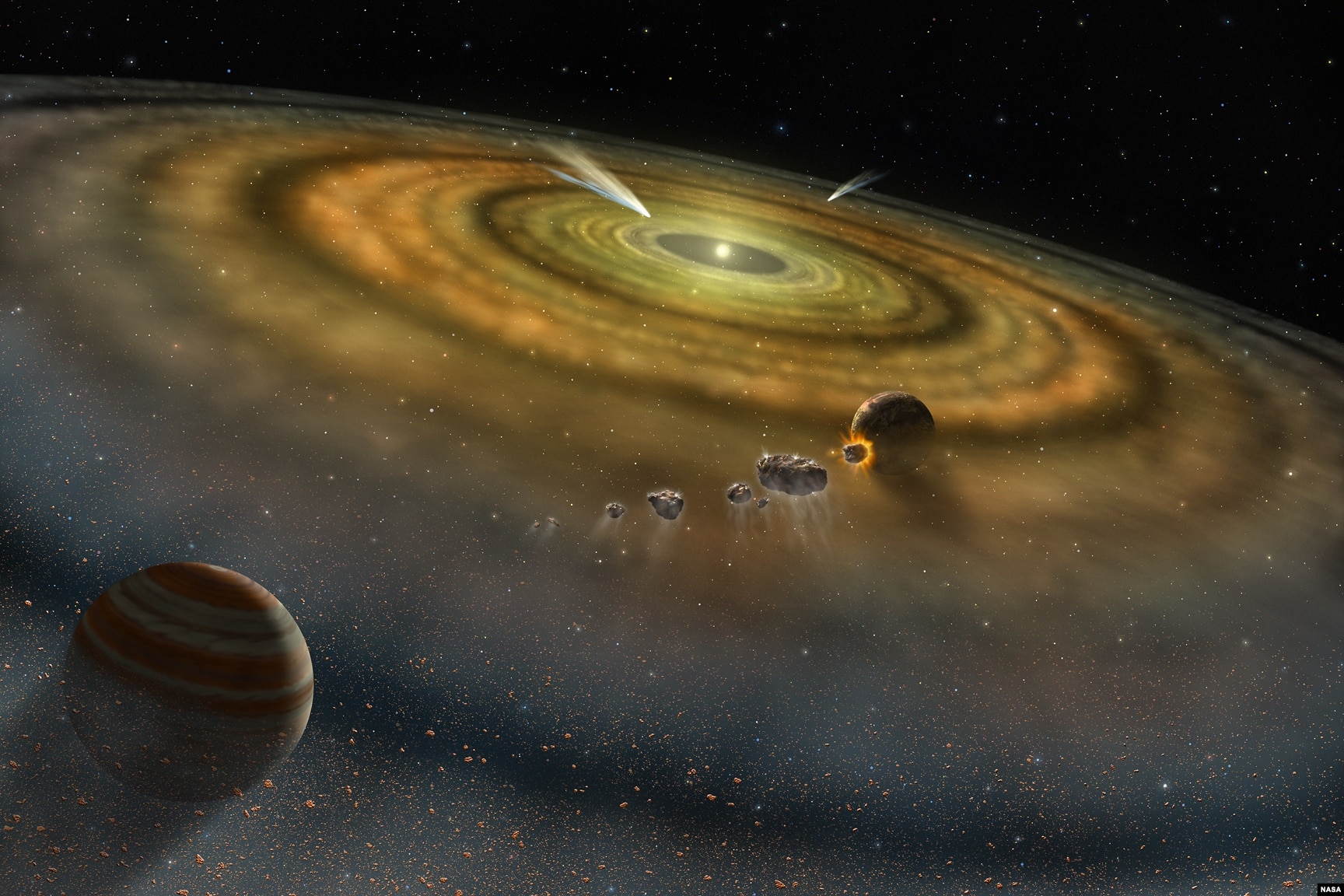


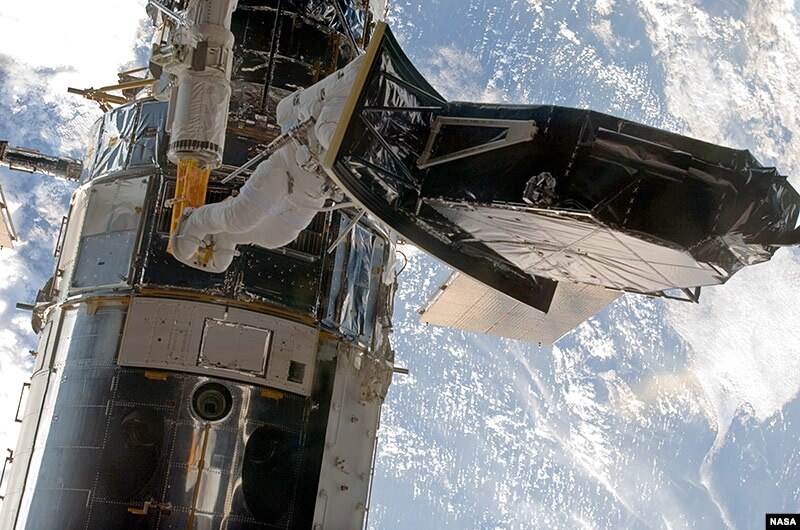
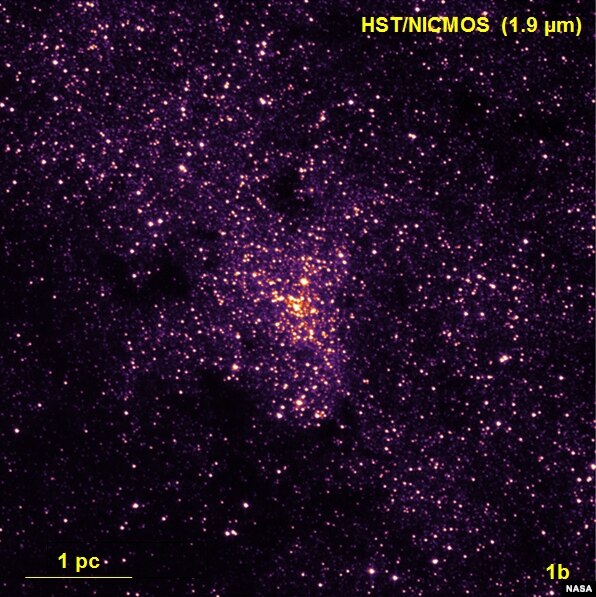
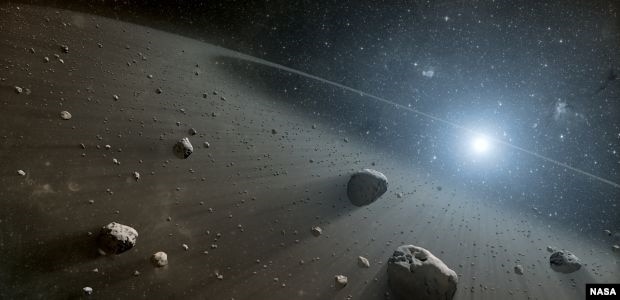
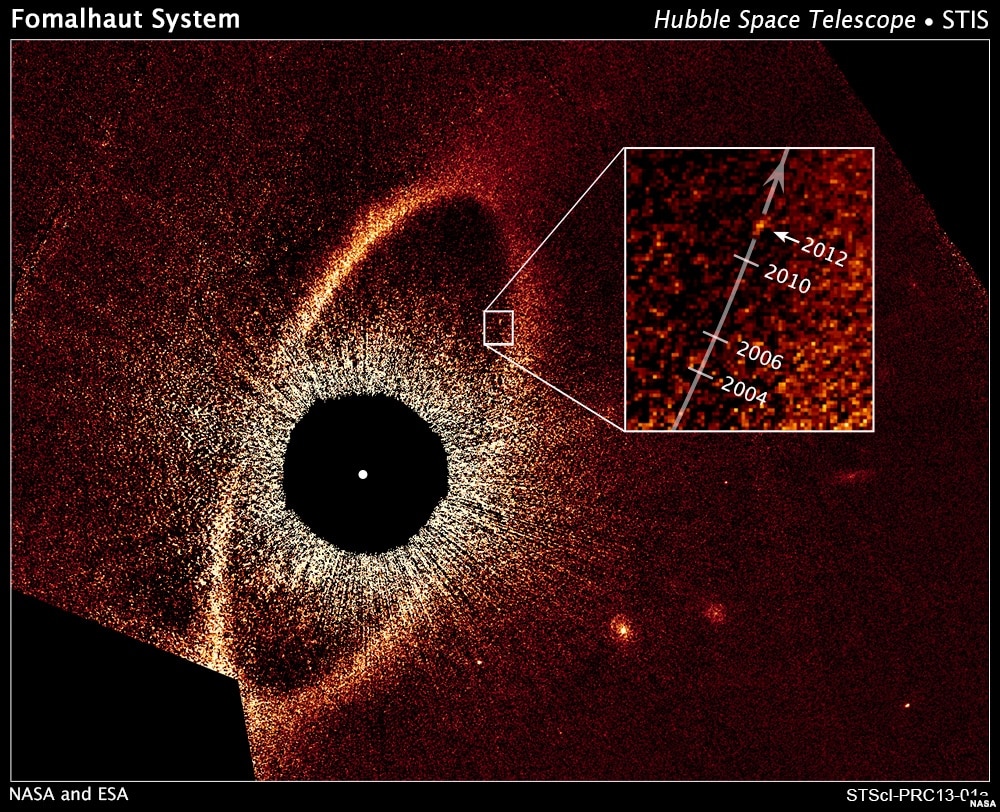
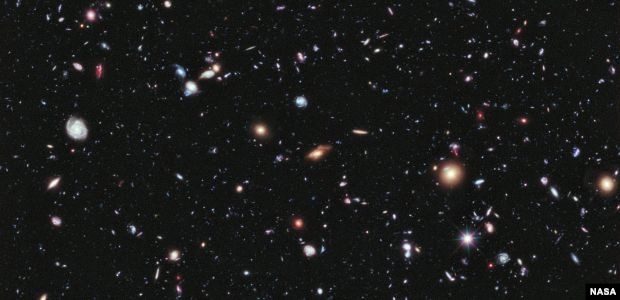
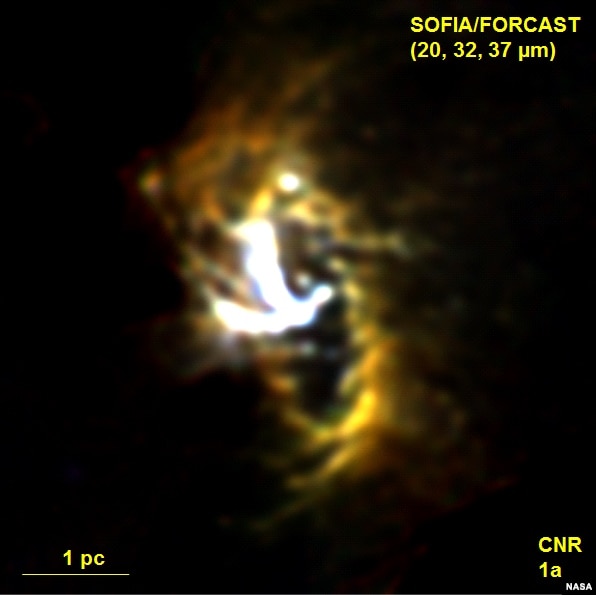
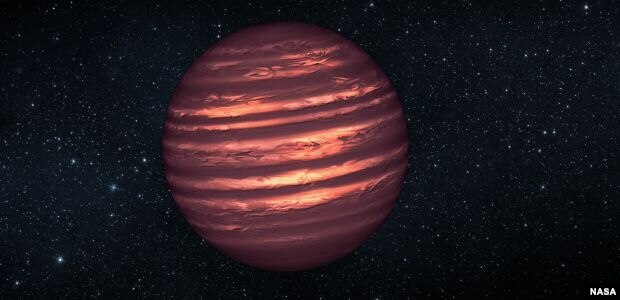
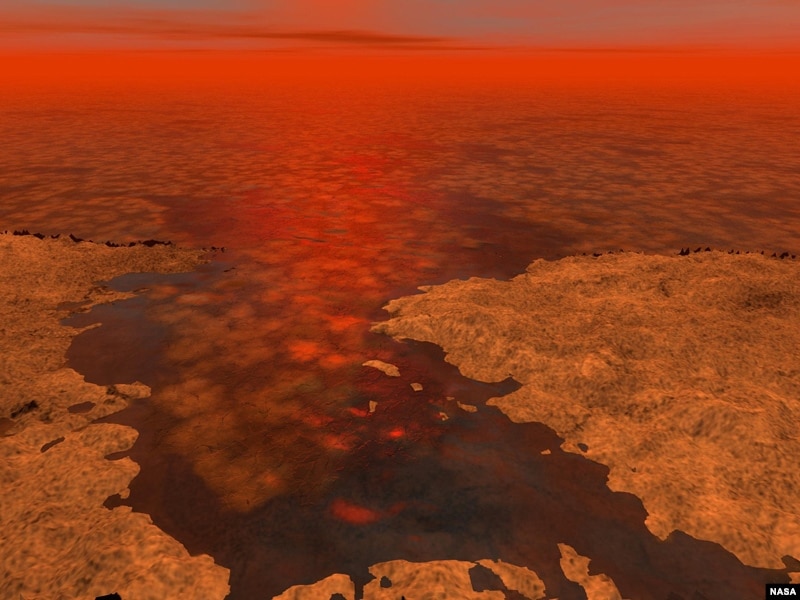
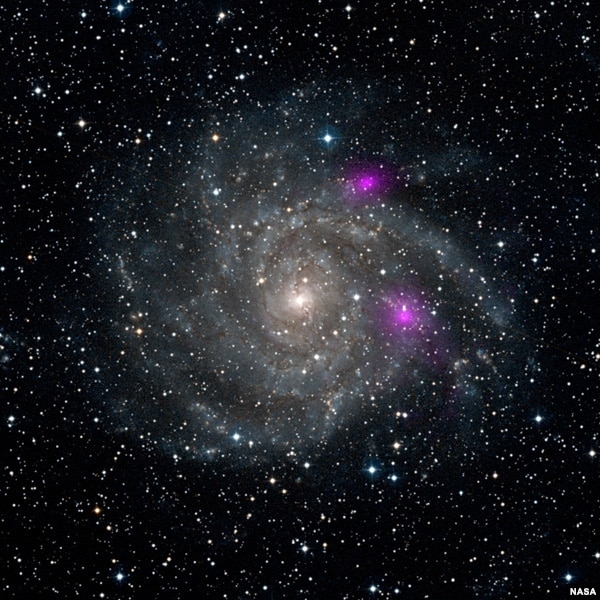


ไม่มีความคิดเห็น:
แสดงความคิดเห็น